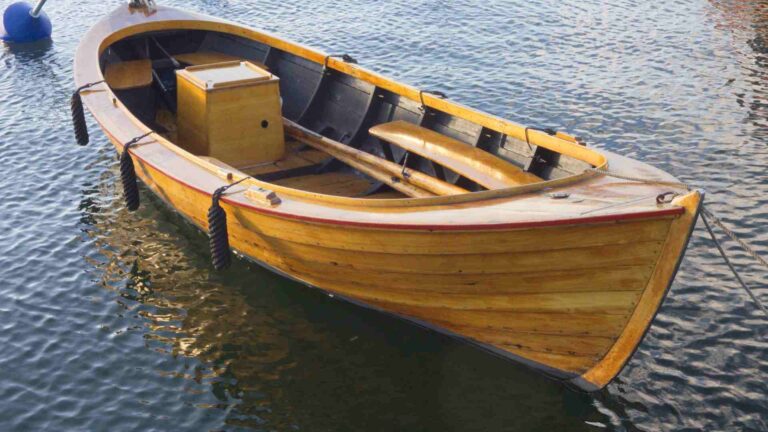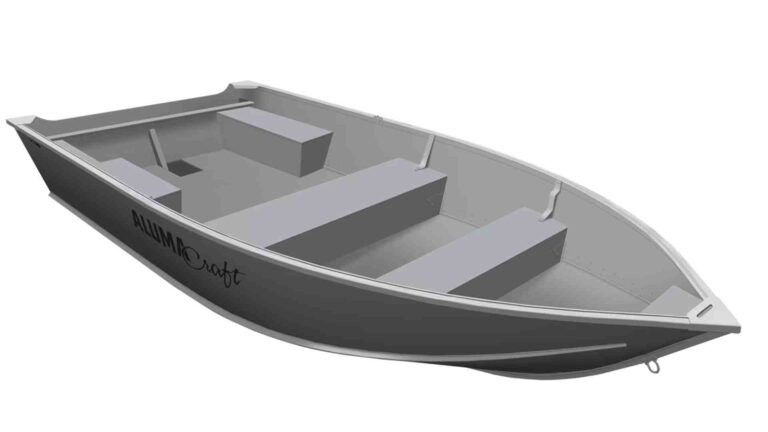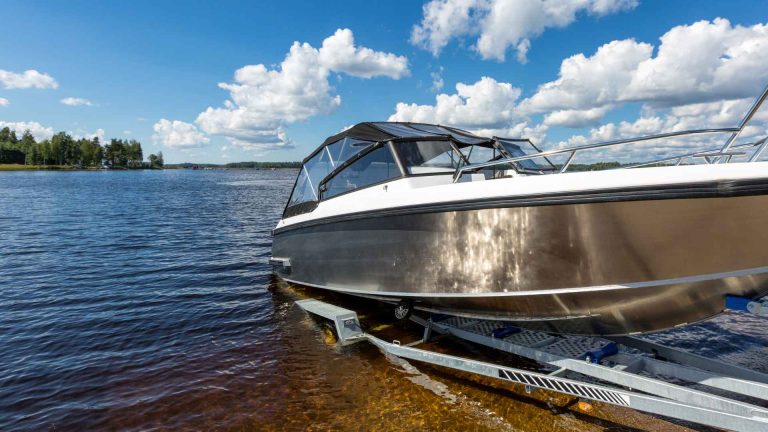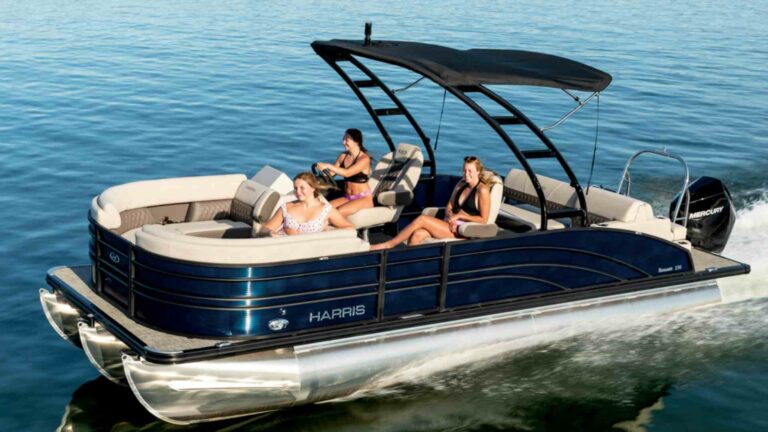Can you sail anywhere in the world?
Discover where you can sail globally, navigating restrictions, laws, and challenges for a safe, thrilling adventure on a 30-foot monohull.
Sailing across the world’s oceans evokes images of boundless freedom, with endless horizons and the wind at your back. However, the reality of global sailing, especially on a typical 30-foot monohull, is more nuanced. While international waters offer significant freedom, various restrictions, environmental challenges, and practical considerations limit where and how you can sail. This article explores the possibilities and constraints of global sailing, focusing on legal, environmental, and navigational factors, with a special look at sailing in regions like Thailand, as inspired by a traveler’s curiosity.
The Freedom and Limits of Global Sailing
The world’s oceans cover over 70% of the planet, offering vast expanses for exploration. The United Nations Convention on the Law of the Sea (UNCLOS) governs maritime activities, granting freedom of navigation on the high seas—waters beyond a country’s 12-nautical-mile territorial limit. However, this freedom comes with caveats. Coastal states regulate their territorial waters and Exclusive Economic Zones (EEZs), which extend up to 200 nautical miles from shore, imposing rules on navigation, fishing, and environmental protection.
For a sailor on a 30-foot monohull, the dream of sailing anywhere requires careful planning. Restrictions arise from military zones, marine reserves, political tensions, environmental protections, and natural challenges like weather and currents. Additionally, practical considerations such as marina availability and maintenance facilities play a significant role, particularly in less popular sailing destinations like Thailand.
Key Restrictions on Global Sailing
Sailing is not as simple as setting out on open water. Several factors restrict where you can sail, each requiring preparation and awareness.
Military and Security Zones
Certain areas are off-limits due to military activities or security concerns. For example, Diego Garcia, a British Indian Ocean Territory, hosts a U.S. military base with a strict no-go zone for civilian vessels. Similarly, waters near nuclear power plants often have restricted zones to protect critical infrastructure. Violating these boundaries can result in severe penalties, including interception by naval forces.
Marine Reserves and Environmental Protections
Marine protected areas (MPAs) and reserves aim to preserve fragile ecosystems. For instance, the Antarctic Treaty restricts vessel activity in parts of the Southern Ocean to minimize environmental impact. Large MPAs, like the Papahānaumokuākea Marine National Monument in Hawaii, limit vessel traffic to protect marine life. Sailors must obtain permits or avoid these areas, which can complicate route planning.
Political and Territorial Restrictions
Political tensions can restrict access to territorial waters. Countries like North Korea or those in conflict zones may prohibit foreign vessels or require special permissions. For example, the Gulf of Aden, a key route to the Suez Canal, is avoided by many recreational sailors due to piracy risks, with 183 incidents reported globally in 2023 by the International Maritime Bureau.
Natural Challenges
Weather, currents, and coastal geography pose significant challenges. Typhoon seasons in regions like Japan (May to October) or the Caribbean (June to November) can make sailing hazardous. Strong currents, such as those in the Agulhas Current off South Africa, demand careful navigation. Shallow waters, like those in the Bahamas, may be unsuitable for a 30-foot monohull with a deep keel, requiring a shallower-draft vessel.
Infrastructure Limitations
A 30-foot monohull relies on marinas for resupply, repairs, and safe harbor. In regions like Japan, sailing infrastructure is limited, with few marinas and high costs for repairs. Conversely, Thailand offers quality yacht maintenance at places like Phuket’s Boat Lagoon, but less-developed areas may lack facilities, forcing sailors to be self-sufficient.
Sailing Legally: Navigating International and Local Laws
To sail globally, compliance with international and local regulations is non-negotiable. UNCLOS provides a framework for navigation rights, but coastal states enforce their own rules within territorial waters and EEZs.
Documentation and Certifications
Before entering a country’s waters, you need:
- Boat Registration and Ownership Papers: Proof of registration with a maritime authority.
- Passports and Visas: Valid travel documents for all crew members.
- Clearance Procedures: Port entry and exit clearances, often requiring advance notification.
- Certifications: An International Certificate of Competency (ICC) or equivalent is widely accepted for recreational sailors.
Failure to comply can lead to fines or detention. For example, Australia’s strict biosecurity laws require thorough inspections, especially for vessels carrying food or pets.
Navigation Rules
The International Maritime Organization (IMO) sets navigation rules to prevent collisions and ensure safety. These include:
- Right-of-Way Rules: Determining which vessel yields in close encounters.
- Traffic Separation Schemes (TSS): Designated lanes in busy EEZs to manage ship traffic.
- Environmental Regulations: Restrictions on waste discharge and fuel emissions.
A 30-foot monohull must carry navigation tools like charts, GPS, and compasses to comply with these rules and navigate safely.
Sailing in Thailand: A Case Study
Thailand, with its turquoise waters and thousands of islands, is a dream destination for sailors. Contrary to perceptions of it being unpopular, Thailand is a hotspot for cruisers, offering affordable maintenance, stunning anchorages, and vibrant sailing communities. However, sailing there on a 30-foot monohull presents unique considerations.
Why Sail in Thailand?
- Scenic Beauty: The Andaman Sea, including Phuket, Krabi, and the Phi Phi Islands, boasts crystal waters and limestone cliffs.
- Affordable Maintenance: Shipyards in Phuket and Krabi offer quality repairs at lower costs than in Europe or the U.S.
- Anchorages: Hundreds of sheltered bays provide safe mooring, such as Ao Chalong in Phuket.
Challenges in Thailand
- Monsoon Seasons: The southwest monsoon (May to October) brings heavy rain and rough seas, while the northeast monsoon (November to April) offers calmer conditions.
- Currents and Tides: Strong tidal currents in narrow channels like the Phi Phi Passage require precise timing.
- Infrastructure Gaps: While Phuket has modern marinas, remote areas like the Similan Islands lack facilities, requiring self-sufficiency.
- Regulations: Foreign vessels need a cruising permit from the Thai Marine Department, and crew must have valid visas.
Tips for Sailing in Thailand
- Plan for the Dry Season: November to April is ideal for calm weather and clear skies.
- Use Local Knowledge: Consult cruising guides or connect with local sailors via platforms like the Phuket Yacht Club.
- Equip for Self-Sufficiency: Carry spare parts, as chandlery services may be limited outside major hubs.
Practical Considerations for a 30-Foot Monohull
A 30-foot monohull, such as a Beneteau First 30 or Catalina 30, is a popular choice for coastal cruising due to its balance of affordability, maneuverability, and comfort. However, its suitability for global sailing depends on several factors.
Specifications of a Typical 30-Foot Monohull
| Feature | Specification |
|---|---|
| Length Overall (LOA) | 30 feet |
| Beam | 10-11 feet |
| Draft | 4-6 feet (fin keel) |
| Displacement | 8,000-10,000 lbs |
| Sail Area | 450-550 sq ft |
| Engine | 20-30 hp diesel |
| Water Capacity | 30-50 gallons |
| Fuel Capacity | 20-30 gallons |
| Price (Used, Approx.) | $20,000-$50,000 (varies by model and condition) |
Pros and Cons for Global Sailing
Pros:
- Maneuverability: Easy to handle in tight anchorages.
- Cost-Effective: Lower purchase and maintenance costs than larger vessels.
- Coastal Cruising: Ideal for exploring sheltered waters like Thailand’s islands.
Cons:
- Limited Storage: Restricted space for provisions, limiting long passages.
- Weather Handling: Less stable in heavy seas compared to a 40-foot+ vessel.
- Speed: Typically 6-7 knots, slower than larger boats (9-10 knots).
For long ocean crossings, sailors like Davecasa on Reddit suggest a minimum of 45 feet for comfort, speed, and storage. However, a well-equipped 30-foot monohull can handle coastal routes and short offshore passages with proper preparation.
Navigating Natural Challenges
Weather Patterns
Weather is a critical factor in global sailing. Key considerations include:
- Hurricane Seasons: Avoid the Caribbean from June to November and the South Pacific from November to April.
- Monsoons: In Thailand, plan around the wet season (May to October).
- Polar Regions: Ice in the Arctic and Antarctic limits sailing to summer months.
Invest in weather forecasting tools like PredictWind and learn to read synoptic charts to anticipate storms.
Ocean Currents
Currents can aid or hinder your journey. For example:
- Gulf Stream: Boosts speed along the U.S. East Coast.
- Agulhas Current: Challenges navigation off South Africa.
- Equatorial Currents: Provide consistent trade winds for transoceanic routes.
Use electronic chart plotters and pilot charts to plan routes that leverage favorable currents.
Coastal Hazards
Shallow waters, reefs, and rocky coasts require vigilance. A 30-foot monohull’s draft (4-6 feet) limits access to some areas, like the Bahamas’ shallow banks. Carry updated nautical charts and use depth sounders to avoid grounding.
Regional Insights: Where to Sail and Where to Avoid
Top Sailing Destinations
| Region | Why Sail Here? | Best Time | Challenges |
|---|---|---|---|
| Caribbean | Clear waters, island hopping, vibrant culture | December-May | Hurricane season (June-November) |
| Mediterranean | Historic ports, calm summers | May-September | Crowded marinas, high costs |
| Thailand (Andaman) | Stunning islands, affordable maintenance | November-April | Monsoons, limited remote facilities |
| South Pacific | Remote atolls, trade winds | May-October | Long passages, cyclone season |
Areas to Avoid
| Region | Reason to Avoid | Alternative |
|---|---|---|
| Gulf of Aden | High piracy risk | Cape of Good Hope |
| Antarctic Waters | Strict environmental regulations, ice hazards | Sub-Antarctic islands |
| North Korean Coast | Political restrictions, military presence | Japan or South Korea |
| Diego Garcia | Military no-go zone | Maldives |
Chart: Global Sailing Route Planning
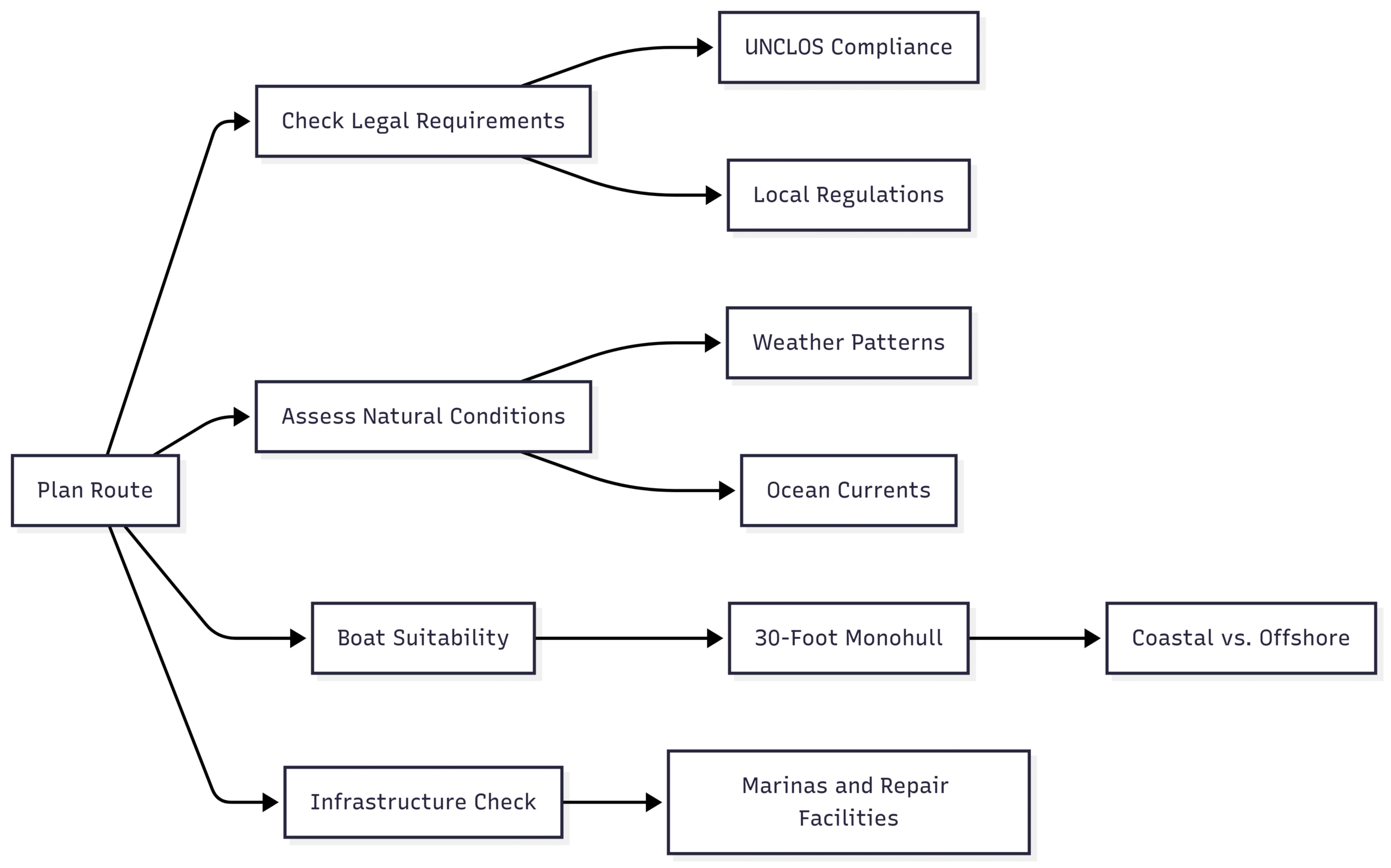
This chart outlines the key steps in planning a global sailing trip, emphasizing legal, environmental, and practical considerations.
Enhancing Your Sailing Experience
To sail anywhere safely and comfortably, invest in:
- Training: Take courses like the ASA 104 Bareboat Cruising or RYA Coastal Skipper to build skills.
- Equipment: Equip your monohull with a reliable GPS, AIS (Automatic Identification System), and emergency beacons (EPIRB).
- Community: Join sailing forums or follow YouTube channels like those of cruisers in Thailand (e.g., SV Teleport) for real-world insights.
Conclusion
Sailing anywhere in the world is possible but requires meticulous preparation. A 30-foot monohull can take you to stunning destinations like Thailand’s Andaman Sea, but you must navigate legal restrictions, environmental protections, and natural challenges. By understanding international laws, equipping your vessel appropriately, and planning routes around weather and currents, you can embark on a thrilling global adventure while staying safe and compliant. Whether island-hopping in Thailand or cruising the Mediterranean, the world’s oceans await—ready for exploration with the right preparation.
Happy Boating!
Share Can you sail anywhere in the world? with your friends and leave a comment below with your thoughts.
Read Can You Sail Alone & In What Sailboats? (Size & Type) until we meet in the next article.

